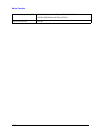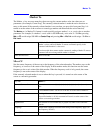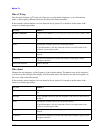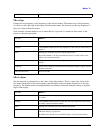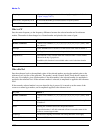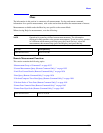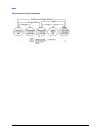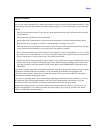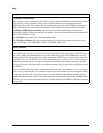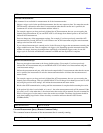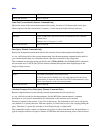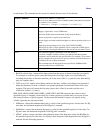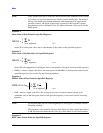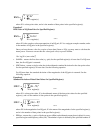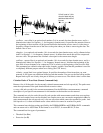
1034
Meas
Configure Commands:
:CONFigure:<measurement>
This command stops the current measurement (if any) and sets up the instrument for the specified measurement
using the factory default instrument settings. It does not initiate the taking of measurement data unless
INIT:CONTinuous is ON. If you change any measurement settings after using the CONFigure command, the
READ command can be used to initiate a measurement without changing the settings back to their defaults.
:CONFigure:NDEFault<measurement> stops the current measurement and changes to the specified
measurement. It does not change the settings to the defaults. It does not initiate the taking of measurement data
unless INIT:CONTinuous is ON.
The CONFigure? query returns the current measurement name.
The CONFigure:CATalog? query returns a quoted string of all licensed measurement names in the current
mode. For example, "SAN, CHP, OBW, ACP, PST, TXP, SPUR, SEM, LIST".
Fetch Commands:
:FETCh:<measurement>[n]?
This command puts selected data from the most recent measurement into the output buffer. Use FETCh if you
have already made a good measurement and you want to return several types of data (different [n] values, for
example, both scalars and trace data) from a single measurement. FETCh saves you the time of re-making the
measurement. You can only FETCh results from the measurement that is currently active, it will not change to a
different measurement. An error message is reported if a measurement other than the current one is specified.
If you need to get new measurement data, use the READ command, which is equivalent to an INITiate followed
by a FETCh.
The scalar measurement results will be returned if the optional [n] value is not included, or is set to 1. If the [n]
value is set to a value other than 1, the selected trace data results will be returned. See each command for details
of what types of scalar results or trace data results are available. The binary data formats should be used for
handling large blocks of data since they are smaller and transfer faster than the ASCII format. (FORMat:DATA)
FETCh may be used to return results other than those specified with the original READ or MEASure command
that you sent.



